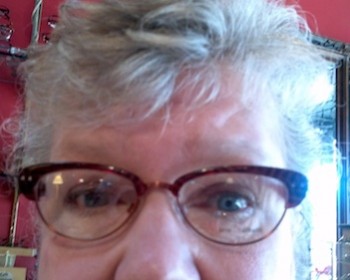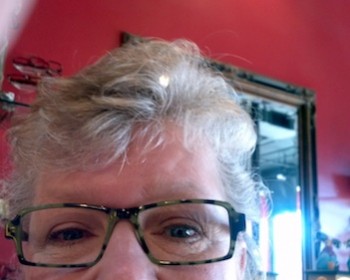If you’re a creative, a writer, a graphics designer, or a coder, you’ve probably been hit hard in the last few years by outsourcing.
Many companies are outsourcing writing, blogging, blog setup, and coding. Suddenly, instead of trying to compete and win against someone next door, in the same town, or the next state, you’re trying to compete against the whole world.
How to beat outsourcing and win
If you’re in a first world country, you can’t start charging $10 an article, or $50 for a blog. You’ll starve. It’s impossible for someone in a first world country to match third world prices.
First, don’t try to compete at all, instead make your competition irrelevant. If you stand out, by offering something they can’t, or won’t, it won’t matter what they say or do. If they’re hard to reach, be accessible. Point out that you’re in the same time zone (or a closer one) and can be readily available when your clients need you.
If your competitors promise a super-quick turnaround, go in the opposite direction. Offer slower, but in-depth consulting. Add your own ideas, insights, and advice, rather than just doing the job exactly as instructed. Not only will you stand out, but you’ll be perceived as being more valuable. You’ll also be able to charge more.
Bundle your services with other creatives (and offer the client a complete solution, saving them time, as well as money).
Be the creme de la creme
Are you a Lamborghini or a Hyundai? Does anyone at Lamborghini lose sleep over Hydundai’s sales? No, they don’t. Position yourself as high-end, luxury, and worth every penny. Hold your client’s hands every step of the way.
Find an “edge”
I stole this idea from Seth Godin’s book Free Prize Inside: How to Make a Purple Cow
(if you’re going to steal, start at the top). What it means is to take something to an extreme, add something, or remove something – giving you an advantage (and a difference) that your competition can’t match.
For instance, you can stand out with carefully handcrafted designs in a niche known for shoddy workmanship and cheesiness. You could be the web host that’s extraordinarily safe (three different levels of backups, not just one). Or, the designer who offers a 30 day change guarantee after the project is completed.
Add a personal touch
Call or email your clients even when you’re not working on a project for them. Keep notes in their files of what they like (or don’t), the names of their spouses, hobbies, kids, and favorite sports teams. When you spot something you think they’ll enjoy, or you know it’s their daughter’s birthday, email the article or mail a note. In other words, think like a Victorian.
After a series of floods forced a client to move to new headquarters, I sent them a photo of a castle atop a large hill, with a note hoping that was their new building. No sales message, no pushiness, just being human and friendly.
Master one thing
In-depth expertise will get you higher fees. Are you the queen of annual report design? Do you know everything there is to know about building websites for small hardware stores? Keep your services simple. Avoid trying to write everything and anything. Make sure you understand your clients’ language, jargon, and industry issues. It will be easier to talk to them, and they will appreciate not having to give long explanations of insider terms.
This is the first in a series of five posts about competing against outsourcing. The rest of the posts are:






